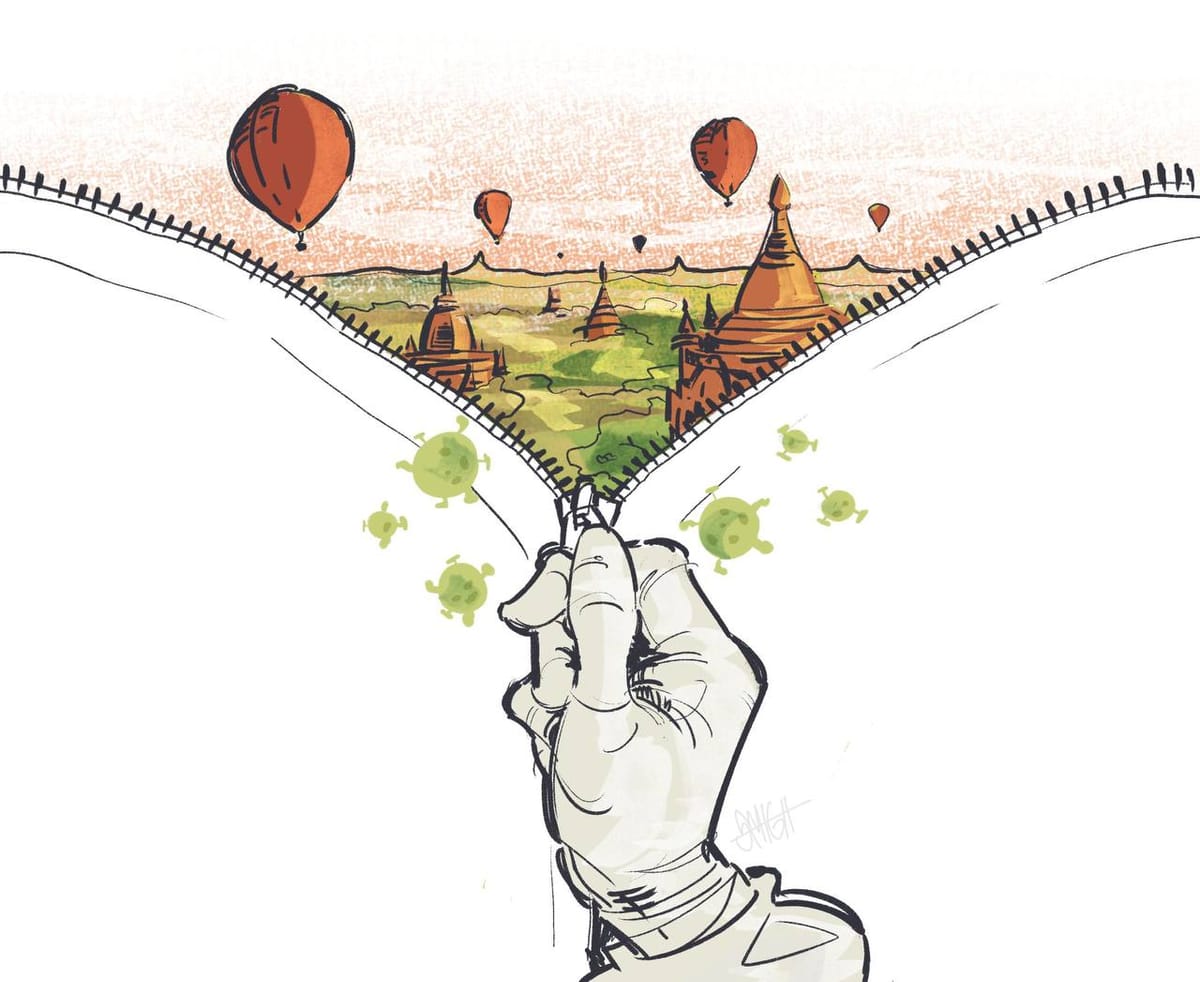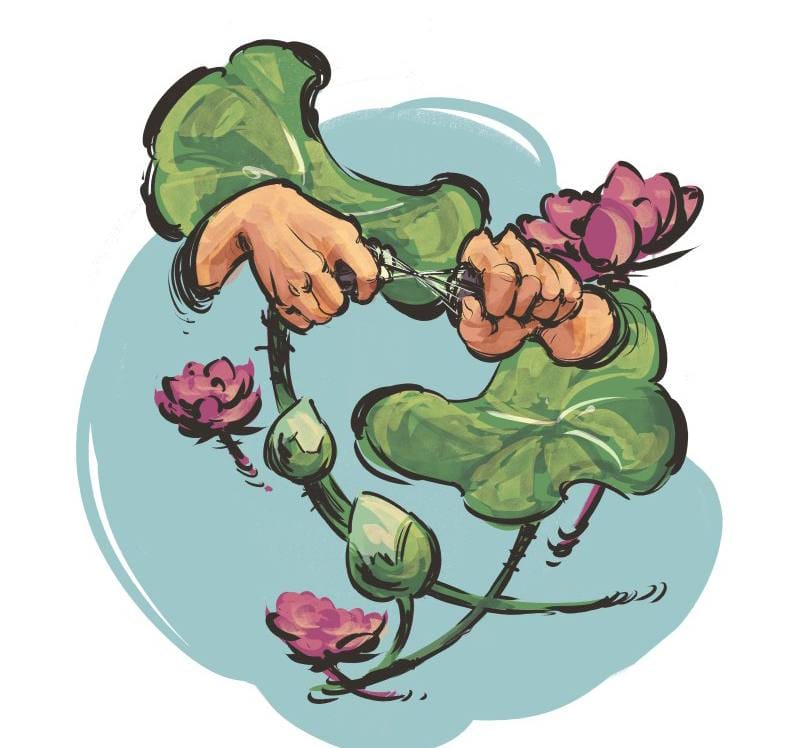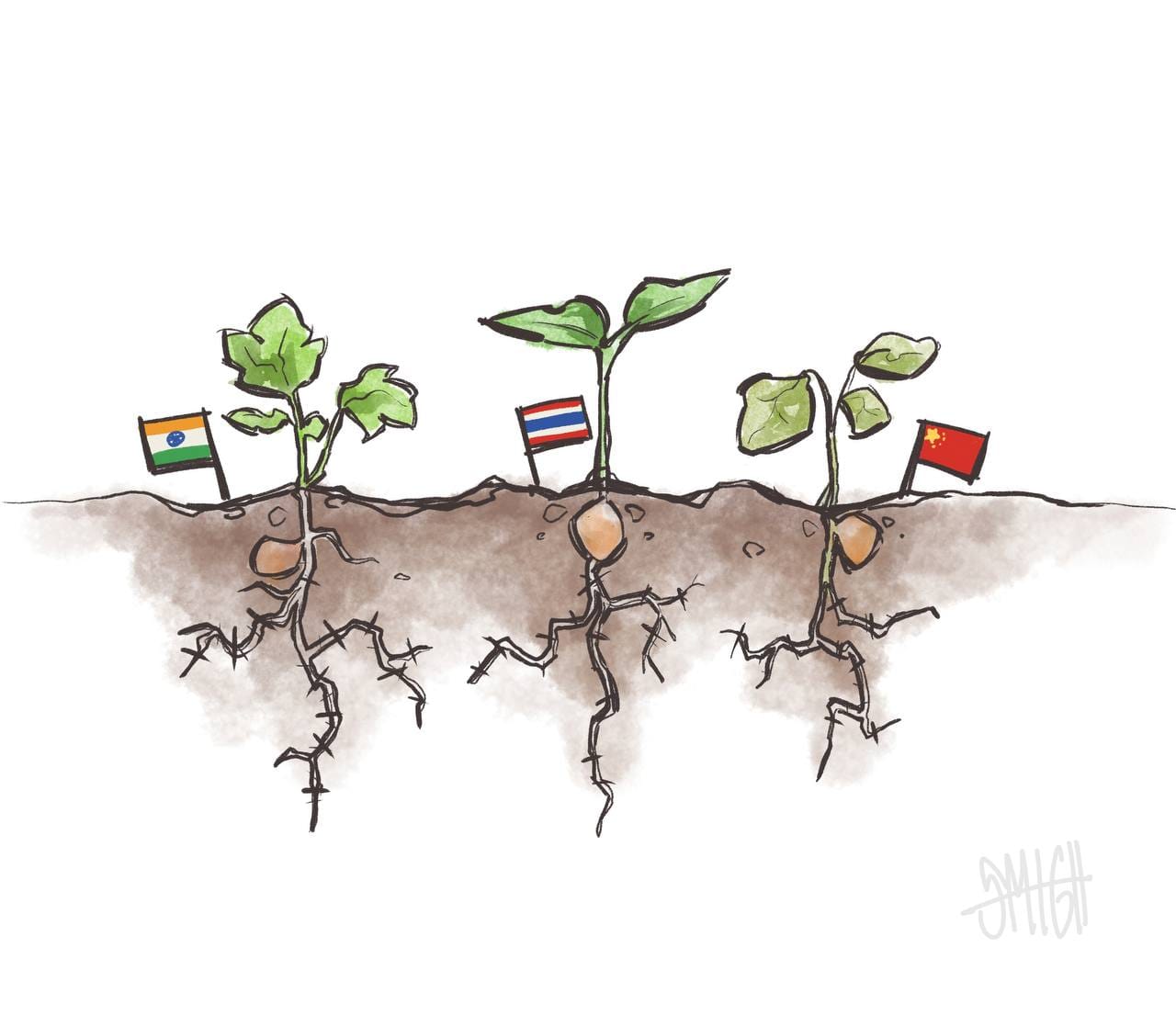
After the industrial revolution, factory production became prevalent worldwide. As factories proliferated, their carbon dioxide emissions increased dramatically, impacting the environment. Thus, manufacturing industries came to be known as "smoke-producing economies." However, there exists one business sector that doesn't harm the environment: tourism. Unlike manufacturing, tourism doesn't produce smoke since it provides services rather than goods. This is why it's metaphorically called a "smokeless industry."
Myanmar once experienced a golden age of tourism. During that time, at seminars and workshops held by the Union of Myanmar Federation of Chambers of Commerce and Industry (UMFCCI), tourism was celebrated as a smokeless industry. Indeed, Yangon International Airport was so crowded with foreign tourists that it resembled a pagoda festival, and hotels in Yangon, Mandalay, and Naypyidaw were consistently full.
However, Myanmar's tourism industry today is no longer in such a flourishing state. As circumstances have changed, it's time to reassess the situation. What is the current state of affairs? What are the challenges and opportunities? Let's examine these questions.
Two Pillars
Myanmar's tourism industry rests on two main pillars. One is domestic tourism (Inbound tour), and the other is international tourism (Outbound tour).
Domestic tourism refers to local people traveling within the country. This includes visiting pagodas, exploring scenic locations, relaxing at beaches - these kinds of trips. Although it's called "Inbound," it primarily targets domestic travelers.
International tourism (Outbound) refers to foreign tourists visiting the country. They come to explore places of interest, study Myanmar's customs and traditions, and relax - visits with various purposes. This primarily targets foreign travelers.
For the tourism industry to thrive, both domestic and international tourists are necessary. These two pillars are essential. Even if international tourism is absent for some reason, domestic tourism needs to exist. Even in such circumstances, the tourism industry can operate at a reduced scale.
The most obvious example is during the post-COVID years of 2022 and 2023, when young people from within the country were traveling. Statistically speaking, there were about one million domestic tourists in 2022.
Two Waves
As mentioned, Myanmar's tourism industry depends on both domestic and international tourism. This industry, supported by these two pillars, was hit hard by two powerful waves.
The first wave was the COVID-19 pandemic. The global pandemic caused worldwide tourism to decline. By the end of 2020, the COVID-19 wave had reached Myanmar. People focused more on protecting themselves from the global pandemic than on exploring new places, sightseeing, or relaxation. Even if they wanted to travel, they couldn't. They had to stay at home under strict regulations and "Stay at Home" measures. Consequently, Myanmar's tourism industry, connected to the global market, declined.
Later, as COVID-19 subsided, political instability emerged in Myanmar. Armed conflicts resumed across the country. When wars broke out, prices increased, and travel became unsafe, leisure and recreational travel naturally took a back seat. This caused Myanmar's tourism industry to deteriorate severely.
When these two waves hit consecutively without pause, Myanmar's tourism industry collapsed. As many say, caught between COVID and conflict, the tourism industry reached a state where it could no longer sustain itself.
Let's examine how these two waves transformed Myanmar's tourism industry and what aspects have changed.
Myanmar Tourism Industry: The Red Light is On
If a red light signals a concerning situation, then Myanmar's tourism industry has now reached the stage where the red warning light is illuminated.
Myanmar has over 30 locations that should be attractive to foreign visitors, including Yangon, Mandalay, Bagan, Kalaw, and Inle. However, most of these are now considered unsafe for travel.
For example, in 2013, community-based tourism projects were implemented in six locations. These included nature-based tourism in the Indawgyi region of Kachin State, Irrawaddy dolphin watching in Mandalay, the Pa-O Self-Administered Zone, Thandaunggyi in Kayin State, Myaing village in Magway Region, and villages in Demoso, Kayah State. However, due to political instability, these places are no longer accessible to tourists. This is the impact of the second wave.
Similarly, Ngapali Beach in Thandwe, Rakhine State, is considered Myanmar's oldest and most beautiful beach. As of 2024, tourists can no longer visit this famous beach because ethnic armed forces have captured Thandwe city. Therefore, foreign tourists can no longer make leisure trips to Ngapali.
Another example: while Cambodia's UNESCO-listed Angkor Wat is teeming with visitors in 2024, Bagan, equally famous worldwide, now sees no foreign tourists. Consequently, Myanmar's crucial Bagan tourism industry has become desolate. Horse cart drivers, painters, sculptors, lacquerware businesses, hotels, restaurants, and handicraft businesses in the Bagan area all depend on foreign tourists. With no international visitors arriving, these businesses are facing severe difficulties. These situations have arisen due to political instability - the impact of the second wave.
After the military takeover, many hotel businesses across Myanmar have permanently closed in recent years. The four-star Savoy Hotel in Yangon, with over 25 years of history, closed one year after the coup. Similarly, in 2023, Singapore-based Keppel Group announced the sale of Sedona Hotel for US$57.4 million. Additionally, we're seeing hotels being advertised for bulk sale in the market. The Naypyidaw Hotel Zone, which once flourished with Myanmar affairs discussions and economic forums, is now silent and deserted. These reflect the downfall of Myanmar's tourism industry.
These are what we might call the red warning lights for the collapse of Myanmar's tourism industry.
The Numbers
Actually, getting statistics and data under the military council's administration is not easy. Previously, such information was freely accessible. Moreover, the current available data tends to be quite general.
In January 2024, there was an ASEAN tourism discussion in Vientiane, Laos. U Tin Myint Aung, Deputy Director of Hotels and Tourism from the military council, presented some data.
According to these figures, 130,000 foreign tourists entered in 2021 when the coup occurred, and this number increased to 1.2 million in 2022. This represents nearly a tenfold increase. Another point from these statistics is that from 2017 to 2023, Japanese nationals were the third-largest group of visitors to Myanmar. However, the hotel/tourism industry circles believe that Japanese visitors after the coup came primarily for business rather than tourism. Therefore, they say these visitors typically only toured around Yangon during their free time after completing their business matters.
In summary, looking at the numbers, Myanmar's tourism industry shows no encouraging signs.
Current State of Myanmar's Tourism
Currently, the military council is trying to promote Myanmar's tourism industry by focusing on Chinese and Russian tourists. After Western countries designated Myanmar as unsafe for travel, the military council was left with only Chinese and Russian tourists as options.
Just in recent months, we've seen efforts to boost Myanmar's tourism industry with Chinese and Russian tourists. This included welcoming Chinese tourists at airports and showing them attractive locations around Myanmar.
However, Chinese tourists don't tend to spend much money. Previously, they even visited Myanmar with zero-budget tours. To explain, they would come with Chinese agents, pay for food and accommodation in Chinese yuan, buy jade and gems from Chinese vendors in yuan - this way, they avoided using cash and instead used digital payment systems with yuan. Therefore, despite Chinese tourists visiting, neither the country nor the regions depending on tourism benefited, as we've seen. Thus, Chinese tourism has become a concern.
As for Russian tourists, it's a different story. They show little interest in Asia - that's one reason. There's another reason too. Despite high-level relations between Russian and Myanmar leaders, people-to-people contact between the two countries is minimal. Therefore, Russian tourists are unlikely to visit Myanmar. Particularly, it's unrealistic to expect Russian tourists to significantly contribute to reviving Myanmar's tourism industry.
Thus, in Myanmar's current situation, tourism industry circles and community-based businesses dependent on tourism understand that they can't rely on foreign tourists. Therefore, Myanmar must continue to depend on domestic tourism (Inbound tours) to keep the tourism industry alive. As we're approaching the open season soon, we'll be able to reflect on how accurate these assessments are.
This situation will continue until political stability returns. If political stability is achieved, Myanmar's image can be rebuilt internationally, infrastructure improves, and tourists can be attracted through various means, then Myanmar's tourism industry will surely rise again. If not...
Han Thit Eain (Y3A)
Read More:
 Build Myanmar - MediaY3A
Build Myanmar - MediaY3A
 Build Myanmar - MediaY3A
Build Myanmar - MediaY3A
Build Myanmar-Media : Insights | Empowering Myanmar Youth, Culture, and Innovation
Build Myanmar-Media Insights brings you in-depth articles that cover the intersection of Myanmar’s rich culture, youth empowerment, and the latest developments in technology and business.
Sign up for Build Myanmar - Media
Myanmar's leading Media Brand focusing on rebuilding Myanmar. We cover emerging tech, youth development and market insights.
No spam. Unsubscribe anytime.
Sign up now to get the latest insights directly to your mailbox from the Myanmar's No.1 Tech and Business media source.
📅 New content every week, featuring stories that connect Myanmar’s heritage with its future.
📰 Explore more:
- Website: https://www.buildmyanmarmedia.com/
- Facebook: https://www.facebook.com/buildmyanmar
- YouTube: https://youtube.com/@buildmyanmarmedia
- Telegram: https://t.me/+6_0G6CLwrwMwZTIx
- Inquiry: info@buildmyanmar.org
#BuildMyanmarNews #DailyNewsMyanmar #MyanmarUpdates #MyanmarNews #BuildMyanmarMedia #Myanmarliterature #myanmararticle #Updates #Insights #Media
